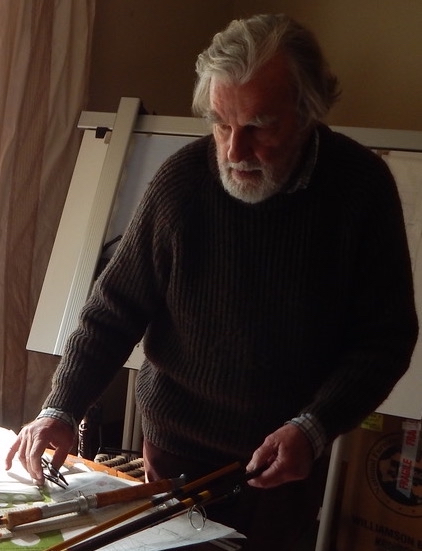
VALE Peter Myers
Peter Myers – a Tribute
Architectural narratives are, more often than not, told around a dinner table or fire, on occasion outside the formality of academy or bureau. I have vivid memories of staying at Peter’s Blackett house in Albermarle Street Newtown in the late 1990’s. Peter had created an urban Casuarina forest, where many stories were told and ideas hatched around the fire in the garden.
Some years ago, a group of Tasmanian architects decided to host an Alternative Architectural Awards, mixed with game, local wine and sleeping under canvas. The event gathered steam and become known as the Tasmanian Architectural Narratives, graciously hosted by the Greenhill family at their pastoral property (the Gala Estate) on Tasmania’s sublime east coast.
We invited Peter as guest speaker to Cranbrook in 2004 and his story, concerned the Sydney rock oyster industry and how it was successfully operating prior to the First Fleet landing – redefining ‘reconciliation’ as ‘recognition’ and challenging the so-called facts of British settlement and the origins of lime for mortar. Sydney was not settled by the British at Sydney Cove, but on peoples’ oyster beds, on peoples’ country.
At RMIT University in the 1980’s he gave a spell-binding lecture called Seeking Inspiration from the Landscape, with stories ranging from Utzon’s geological analysis of Sydney Harbour, to a comparative analysis of map making between first peoples and first surveyors. The idea that a potato farmer wanted a view of his farm after a hard day’s work led to a courtyard and one fig tree as Peter’s design concept for a contemporary rural home.
Peter Myers may be best known for his provocative writing and lectures, with a number of journal articles published over many years. His architectural work is less known, yet forms part of an important part of Australia’s contemporary architecture, including a vanguard Keeping Place for First Peoples on Bathurst Island, public housing in Sydney and a knock-down, affordable housing system using screw-in footings for flexibility of site conditions.
I invited him to a weekend design workshop for architecture students, in a small, highlands country town, Bothwell, in 1994. He gave two lectures, entitled ‘The Section – Transforming Grid Suburbia and ‘Architectural Books in Colonial Australia’, to a packed house in the local Town Hall. Thirty years later, people still talk about and remember something special happened at Bothwell and at Cranbrook, where a gentle man stood up and shared his deep knowledge and unique understanding of the world, with unmatched generosity of spirit and trademark sense of humour – ever present.
James Jones
Tasmania
4 May 2023